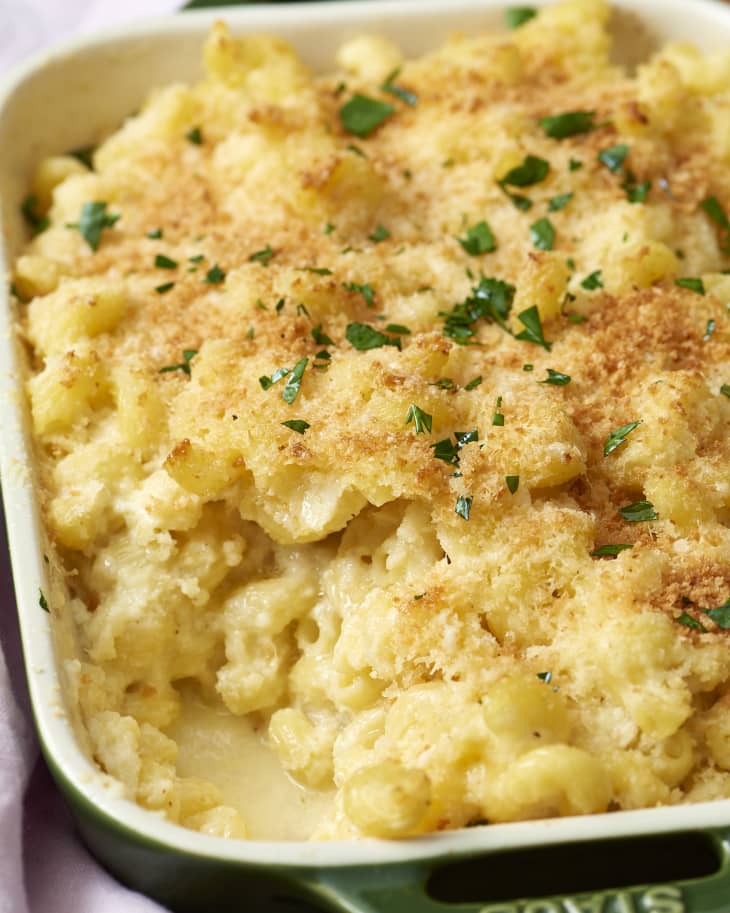5 Things You Can Do for Healthier Mac and Cheese
Of all the comfort foods out there in the world, I’ll argue mac and cheese just might be the most comforting. I mean, how can you really go wrong with pasta bathed in cheese sauce? It’s not exactly the most wholesome dish (although it’s pretty wholesome for the soul), but that doesn’t mean it should only be saved for special occasions. A few smart tricks and tips can make it a more balanced dinner that you can feel good about.
1. Add veggie purée to the sauce.
Bolster the cheese sauce with a purée of vegetables. Cauliflower is a great choice here because of its mild flavor and color.
Get a recipe: Cauliflower Mac and Cheese
2. Swap in cottage cheese or Greek yogurt for some of the cheese.
Replace part of the cheese with something that’s creamy but a bit lower in calories, like cottage cheese or Greek yogurt. You can use either the whole or low-fat varieties — but avoid nonfat versions, as they could make the mac and cheese grainy.
Get a recipe: Lighter Baked Mac and Cheese
3. Try whole-grain pasta.
Mac and cheese is a great place to opt for whole-grain pasta because its nutty flavor is a really nice contrast to the rich sauce. These days they make whole-grain pasta in all sorts of fun shapes to try.
4. Use lower-fat milk.
Similar to opting to swap the cheese with alternative dairy, you can swap the whole milk for 2% or 1% milk. Again, skip nonfat milk, as it can give the mac and cheese a grainy consistency.
5. Stir in lots of vegetables.
Adding vegetables to mac and cheese doesn’t just boost its wholesomeness — it also makes for a more colorful, eye-pleasing dish. The options are pretty endless: Stir in frozen peas, chopped baby spinach, steamed broccoli, or even just a bunch of leftover roasted vegetables.
Get a recipe: Healthier Veggie Mac & Cheese
